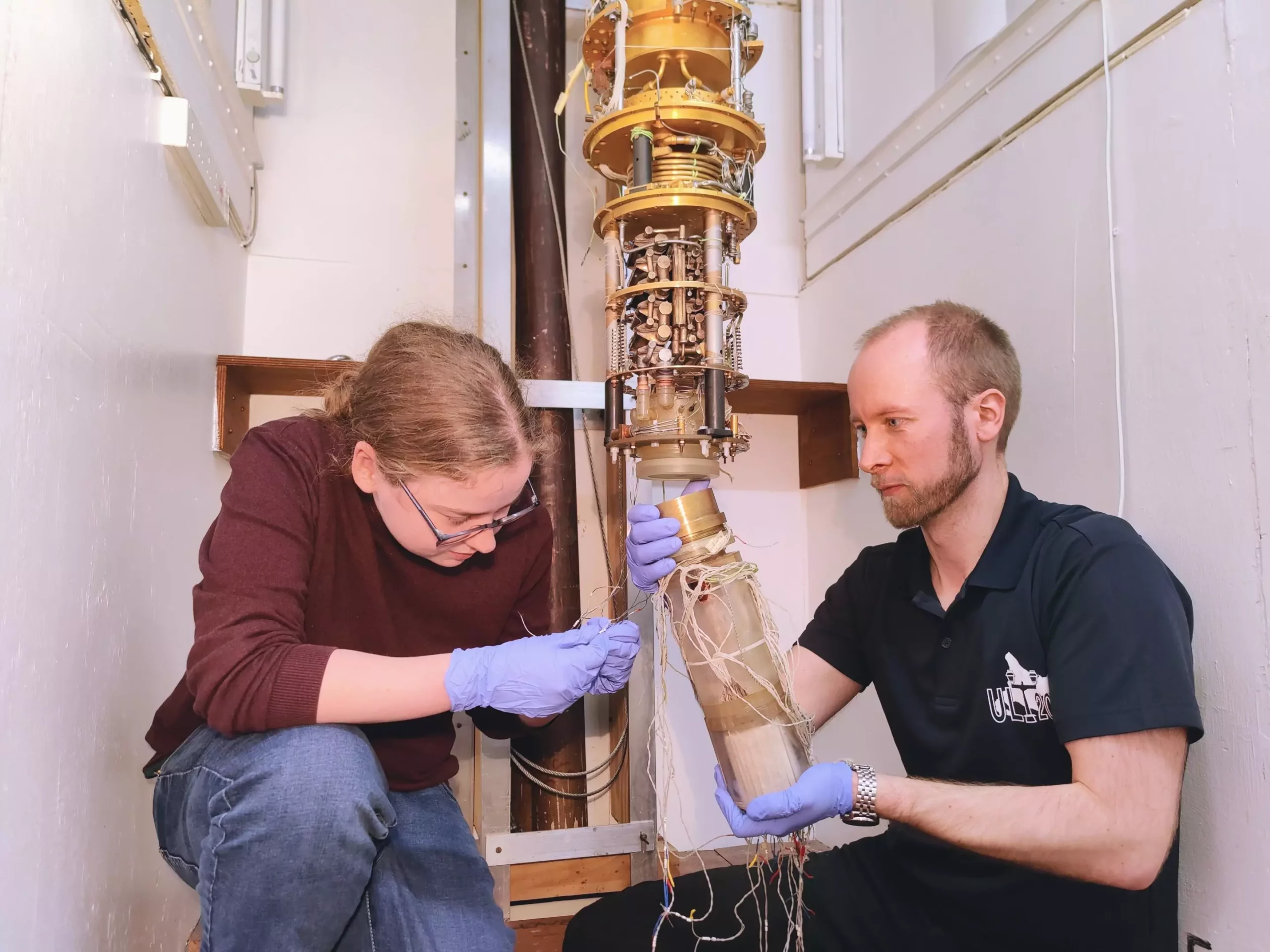The realm of astrophysics is filled with mysteries, one of the greatest being the enigma of dark matter. This elusive substance makes up approximately 80% of the matter in the universe, yet it cannot be seen with the naked eye. Scientists are aware of its existence due to the gravitational effects it has on visible matter, but detecting it directly has proven to be a challenging task. Despite numerous experiments conducted in the past, dark matter remains enigmatic, with its presence felt but not observed.
In a groundbreaking collaboration, researchers from Lancaster University, the University of Oxford, and Royal Holloway, University of London are on a quest to unravel the mysteries of dark matter using cutting-edge quantum technologies. By developing highly sensitive detectors, these scientists are aiming to shed light on the invisible universe that surrounds us. Their efforts are showcased at the Royal Society’s flagship Summer Science Exhibition, providing a glimpse into the fascinating world of quantum physics and astrophysical phenomena.
The researchers involved in this ambitious project, including Dr. Michael Thompson, Professor Edward Laird, Dr. Dmitry Zmeev, Dr. Samuli Autti, Professor Jocelyn Monroe, and Professor Andrew Casey, are utilizing quantum technologies at ultra-low temperatures to construct sensitive detectors. Their goal is to directly observe dark matter within a laboratory setting, offering a potential solution to one of the greatest mysteries in the realm of science.
Particle physics theory posits two likely candidates for dark matter: new particles with extremely weak interactions and axions, which are wave-like particles. The team is embarking on the creation of two experiments, each geared towards detecting one of these candidates. While new particles could be identified through collisions with ordinary matter, axions, being incredibly light, may leave behind electrical signals as they decay in a magnetic field. By focusing on both possibilities, the researchers are casting a wide net in their search for dark matter.
The Quantum Enhanced Superfluid Technologies for Dark Matter and Cosmology (QUEST-DMC) team is pushing the boundaries of detection sensitivity by using superfluid helium-3 and superconducting quantum amplifiers. These innovative technologies enable the detection of extremely weak signals from dark matter collisions, potentially capturing particles that have eluded previous experiments. On the other hand, the Quantum Sensors for the Hidden Sector (QSHS) team is developing quantum amplifiers tailored for detecting axion signals, offering a unique approach to unraveling the mysteries of these elusive particles.
The public exhibit “A Quantum View of the Invisible Universe” provides visitors with a hands-on experience to explore the concepts of dark matter and quantum technologies. From visualizing the unseen angular momentum of galaxies to observing the effects of invisible masses through clever experimentation, the exhibit offers a unique blend of education and entertainment for individuals of all ages. By engaging with interactive displays and simulations, visitors can gain a deeper appreciation for the intricate world of astrophysics and quantum mechanics.
The pursuit of dark matter detection through quantum technologies represents a significant leap forward in our understanding of the universe’s hidden mysteries. By combining cutting-edge scientific research with interactive public engagement, the researchers involved in this project are paving the way for a new era of discovery in astrophysics. As we peer into the invisible depths of the cosmos, the mysteries of dark matter may soon be illuminated, offering insights into the fundamental nature of our universe.


Leave a Reply